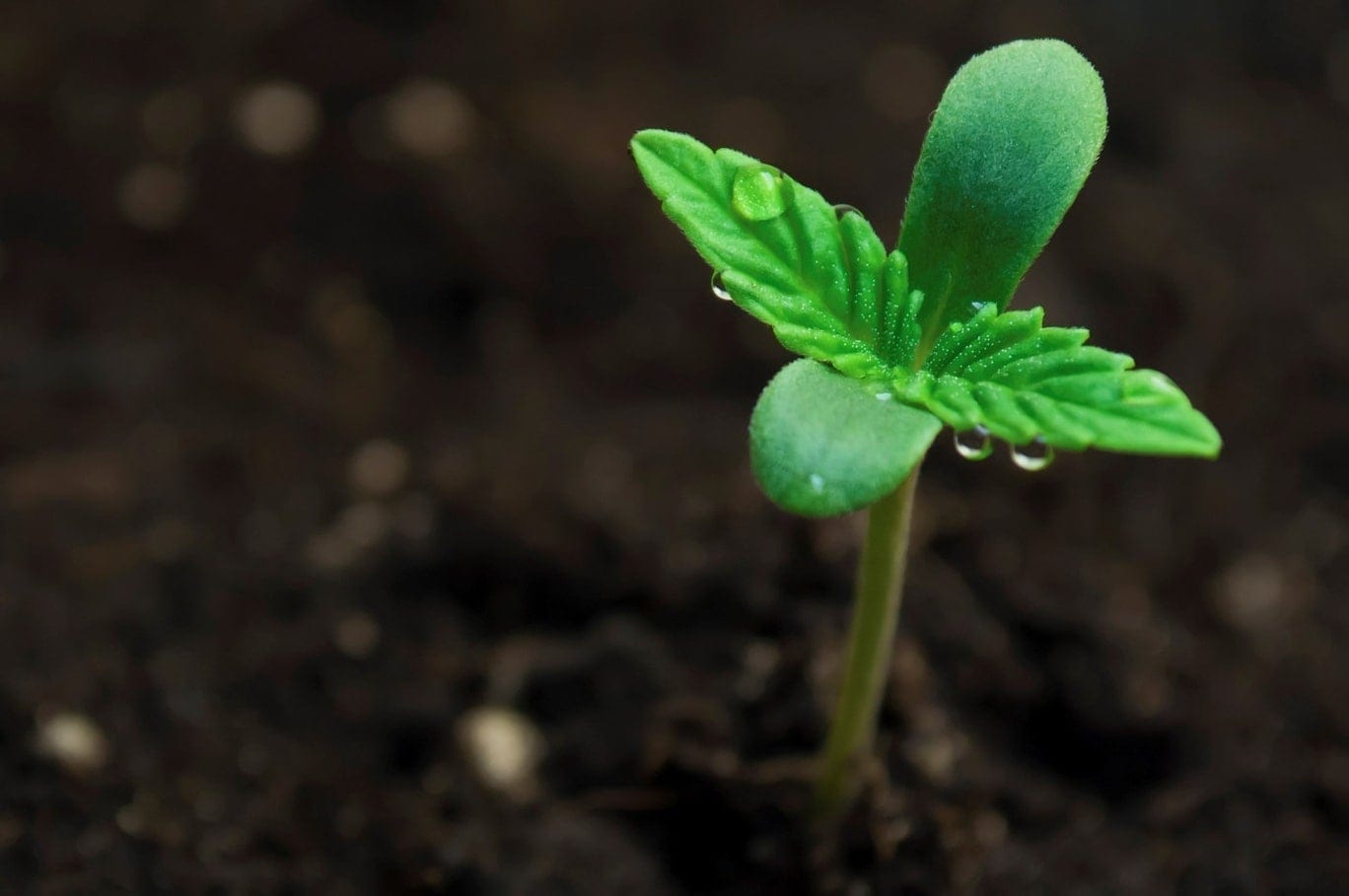Written by Heather Ritchie
The California Gold Rush is considered the largest mass migration in American history. Hundreds of thousands of people packed their belongings and moved in the hopes to create wealth and riches through gold. Today, we watch as history repeats itself. Thousands of people are moving to the states where cannabis has become legalized. We call this the Green Rush.
Unfortunately, getting a start in the cannabis industry isn’t as easy as it was back in the 1800’s. The cost of running a cannabis business is higher than most people expect. Tax payments are higher, there are no deductions on federal taxes, and regulations are constantly changing.
State and Local Laws and Regulations
With cannabis currently federally illegal, there are no set rules across the board. This causes significant issues and a constant danger of possible criminal prosecution. Each state that legalized cannabis has had to overcome the compliance issues in creating laws or getting businesses to comply with them. These regulations are unpredictable and can change with every election.
Strict adherence to state and local laws and regulations are required no matter what part of the process your business actively participates in. Some examples of business licenses for the cannabis industry include, retailers, testing laboratories, manufacturers of cannabis products, grow facilities, and distributors.
All of these factors make it challenging to operate efficient, cost-effective businesses. Grow operations may have some of the most difficult procedures to follow since they represent the beginning of the product chain.
BioTrackTHC, a manufacturer of a comprehensive cannabis tracking software listed the top five cultivation facility infractions:
Inventory management is integral to compliance. Documentation of all plant inventory from seed to adult plant is required. Discrepancies with the physical inventory and age lists are some of the quickest ways to find companies non-compliant and can trigger surprise inspections.
If businesses manage inventory manually, it means that employees are checking the inventory on site and there is always the chance of human error, especially in large-scale enterprises. It makes keeping up with the state’s reporting regulations extraordinarily difficult.
- The operation doesn’t have complete safety data sheets for where the product is stored and used.
Most states require current lists of the pesticides and chemicals that are kept onsite. All containers must be clearly labeled so that everyone knows what they contain. Local regulators can involve the Department of Agriculture if they think that there are problems involving pesticides or chemicals. This is one of the reasons that it’simportant to maintain records for all hazardous materials on the premises.

- They don’t maintain sufficient Pesticide and Chemical Application documentation.
This relates to the second compliance issue. Proper documentation of these applications is usually required for state compliance.
- The facility doesn’t record changes to Standard Operating Procedures or SOPs.
If the SOPs are handwritten or pages are missing, this reflects on the professionalism of the business and likely means that there are other violations within the company. Employees can’t possibly be trained correctly if this is the case, meaning the business could pose further safety risks from employees that don’t understand proper policies and procedures.
- They haven’t adequately documented all waste and the removal of waste.
There are strict regulations for the disposal of plant waste produced during the grow process. It should be unrecognizable and unconsumable. Therefore, it is vital to record all plant waste and how the cultivation operation disposes of it. Waste can include waste prior to harvest, water waste, and harvest waste.
Some Tips for Success
Careful planning and preparation can really help your grow business be profitable and successful. Here are some ideas for managing your cultivation operation.
1. When designing your business think of it as a whole instead of separate pieces.
Think of how each sector of your business is interconnected to the others. Plan your layout to maximize space in the cultivation areas and plan the layout of your business to streamline the workflow for the entire company. When doing this think of the process involved, equipment, etc. If properly designed, the facility will function efficiently and effectively for maximum profit.
2. Management Software
To avoid the compliance issues listed above, think about investing in management software. Often this investment is high, but when everything is done manually the business may violate multiple regulations and incur fines as a result. This type of software can track inventory at every stage from seed-to-sale. Innovative technology also helps give the business a competitive edge. An efficient, professional business will be more prosperous than one that is full of chaos and disorder.
3. Technology for Cultivation
Like the management software, growhouse technology leads to more healthy plants and in the end more profits. Cultivation businesses want to grow the best product possible. LED lights can increase crops by 30 percent in some instances, and they reduce the consumption of energy.
One of the most significant problems with grow operations today is the amount of energy they consume. Power bills for hydroponic systems are outrageous making indoor grows energy intensive. As a result, they aren’t environmentally friendly. There aren’t many energy studies yet, but the high utility bills illustrate the toll that the industry is taking on the environment.
Regulations and laws that continuously change make business for the cannabis industry difficult. The cultivation process is highly regulated because its where the product begins. Any problems here can bring the entire system to a halt. This industry strives to diminish the stigma that surrounds it, and the best way to do that is to show that the cannabis industry is professional and organized just like any traditional business.
Read more from the source: TheWeedBlog.com


